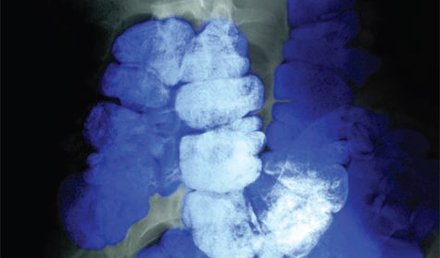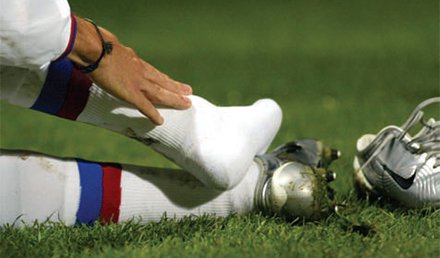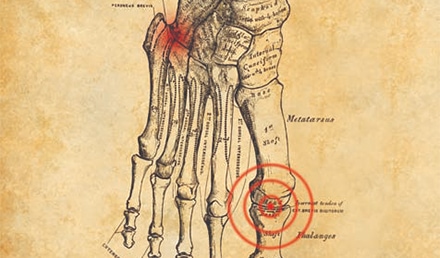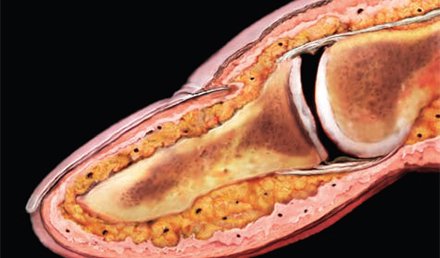


Management of Hypertensive Urgency in an Urgent Care Setting
Urgent message: Effective management of patients presenting to urgent care with acute high blood pressure starts with differentiating between hypertensive emergency and hypertensive urgency and ends with appropriate treatment and counseling. Sanjeev Sharma, MD, Christy Anderson, PharmD, Poonam Sharma, MD, and Donald Frey, MD Introduction Urgent care physicians routinely encounter patients with high blood pressure, but management – particularly for those patients with precarious elevations – remains controversial. Alternative options involve the use of various …
Read MoreEvaluation and Management of Lower Extremity Edema
Urgent message: The high specificity but broad range of possible causes associated with a primary complaint of lower extremity edema poses a particular challenge to the urgent care clinician. Proper assessment of the differential diagnoses is the first step toward optimal outcomes, whether they be facilitated by treatment or referral. Michael S. Miller, DO Patients presenting to urgent care with a primary complaint of edema of the lower extremities of any duration can pose a …
Read MoreMarch 2009

February 2009

Management of Patients Presenting with Constipation
Urgent message: Constipation can be a sign of serious – even life-threatening – etiologies. Once non-benign causes have been ruled out, emphasis should be on evacuation and dietary and lifestyle changes to prevent recurrence. Claire West, MD, Samuel M. Keim, MD, MS, and Peter Rosen, MD Introduction Constipation is a common complaint, accounting for approximately 2.5 million doctor visits annually. With increasing difficulty in obtaining a quick appointment with a primary care physician, more and …
Read More
January 2009

Managing Foot Fractures in Urgent Care
Second in a Two-part Series Urgent message: Acute injuries to the midfoot and hind foot require immediate treatment or emergent referral. Close attention to the location and mechanism of injury at the urgent care site may facilitate efficient care and prevent long-term disability. Phillip H. Disraeli MD, FAAFP In keeping with the tone of part 1 of this two-part series (JUCM, December 2008), this article will discuss the urgent care clinician’s approach to foot fractures …
Read More
December 2008

